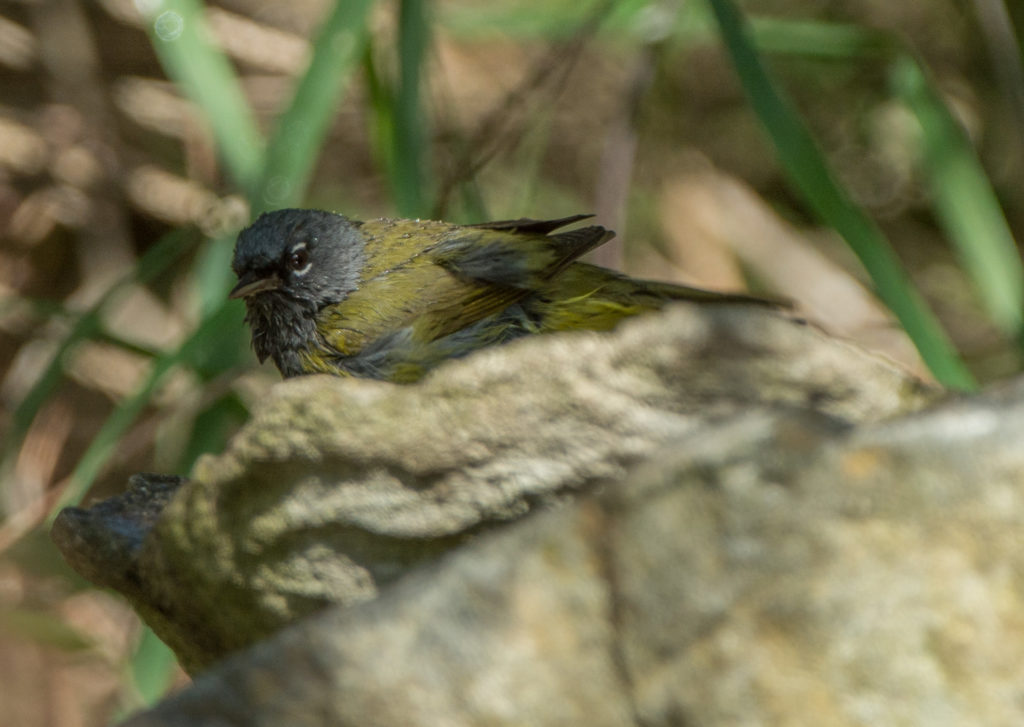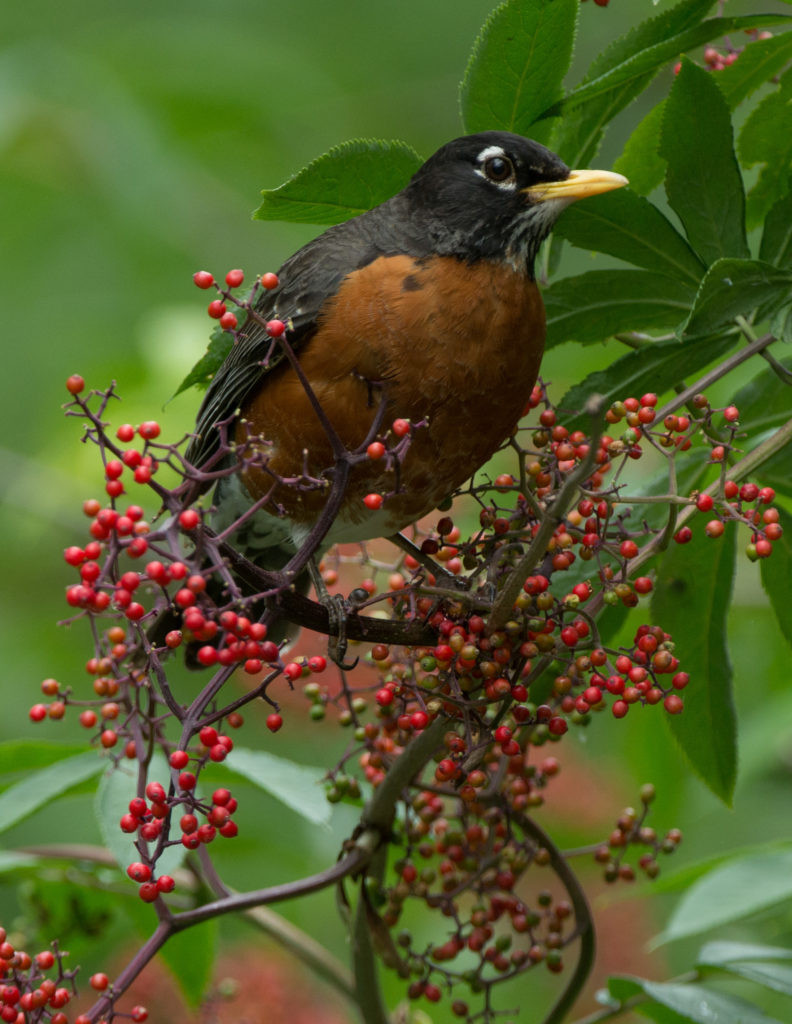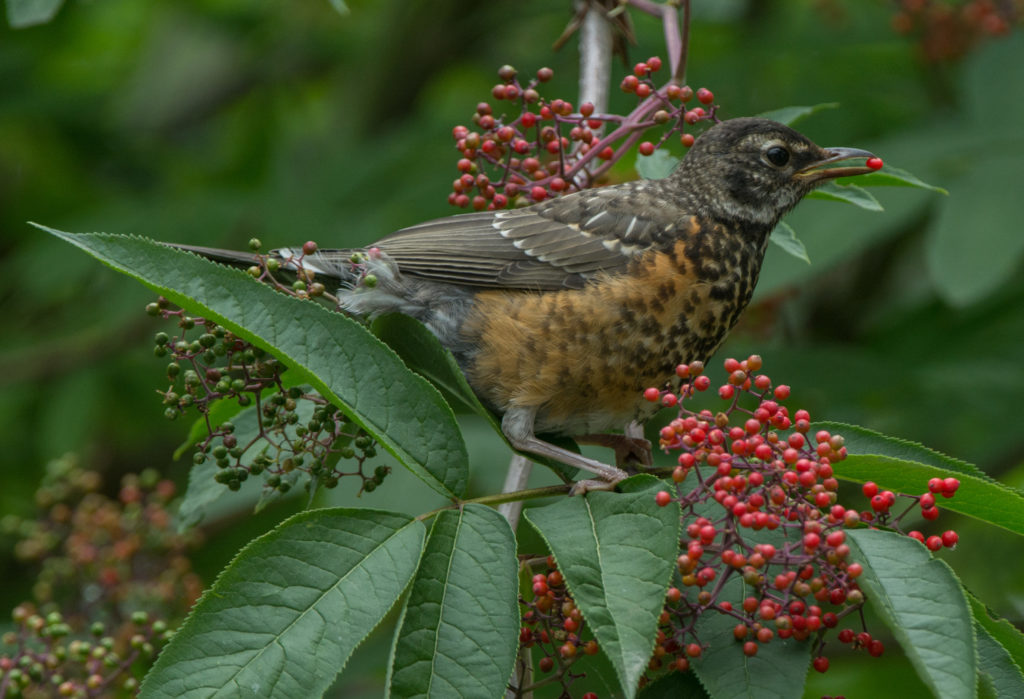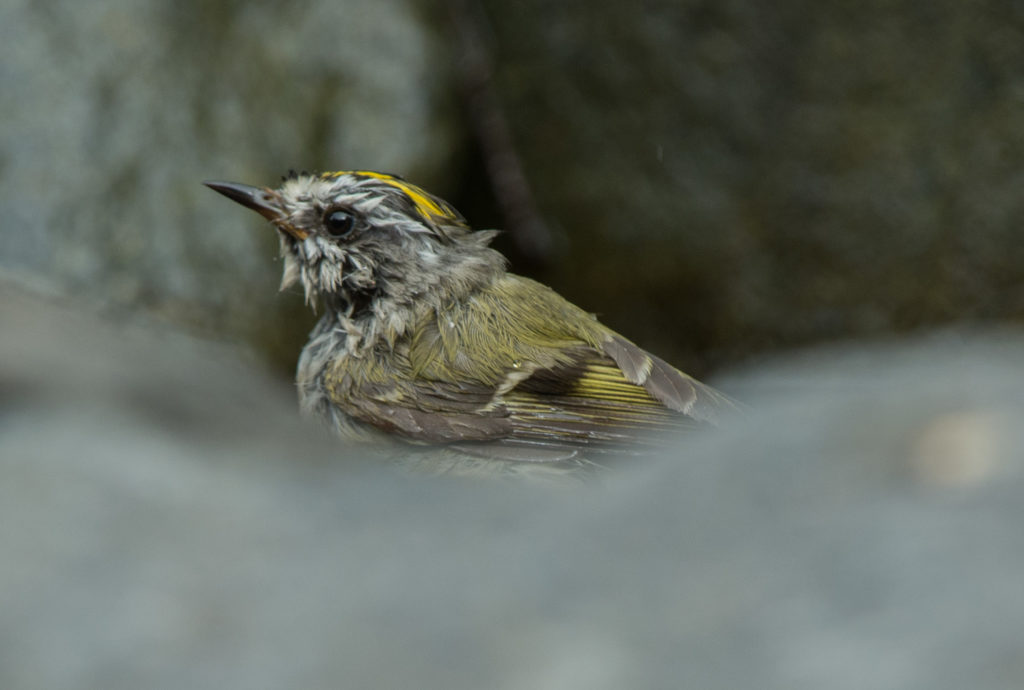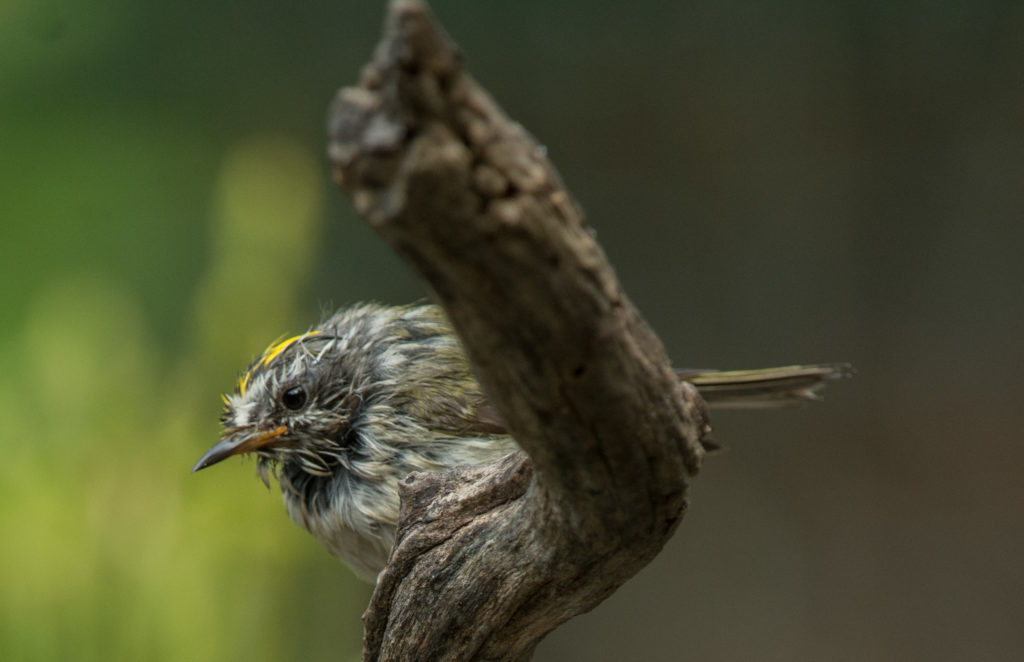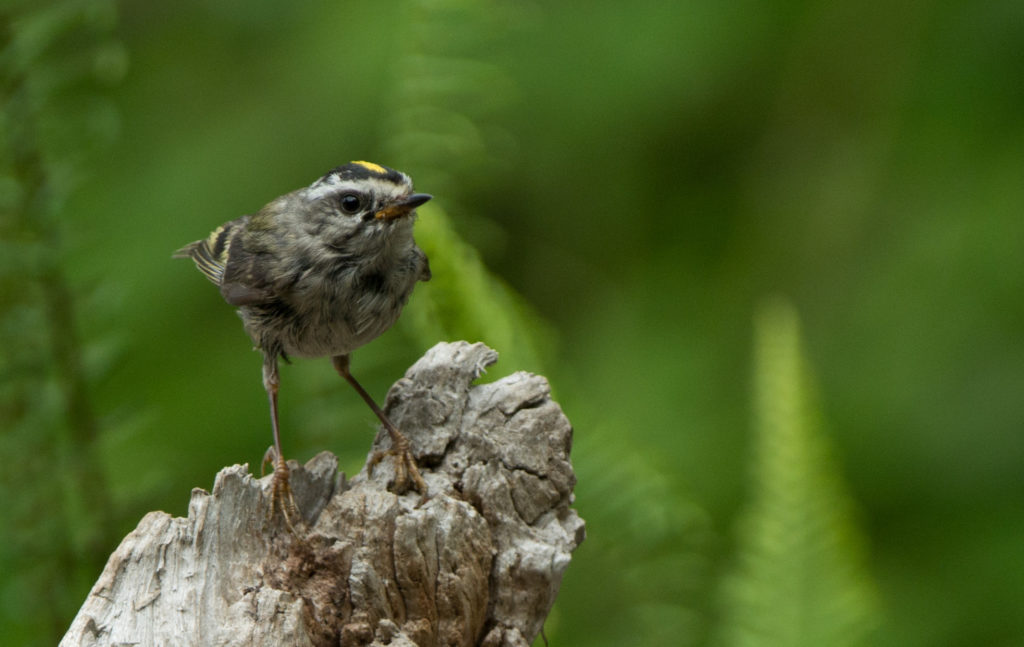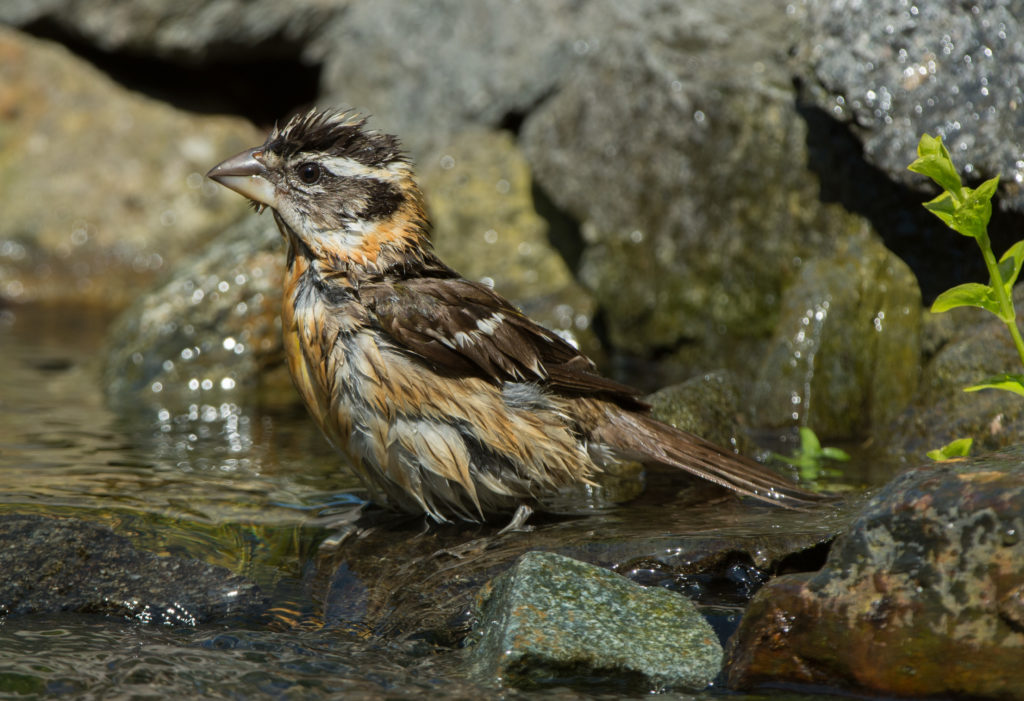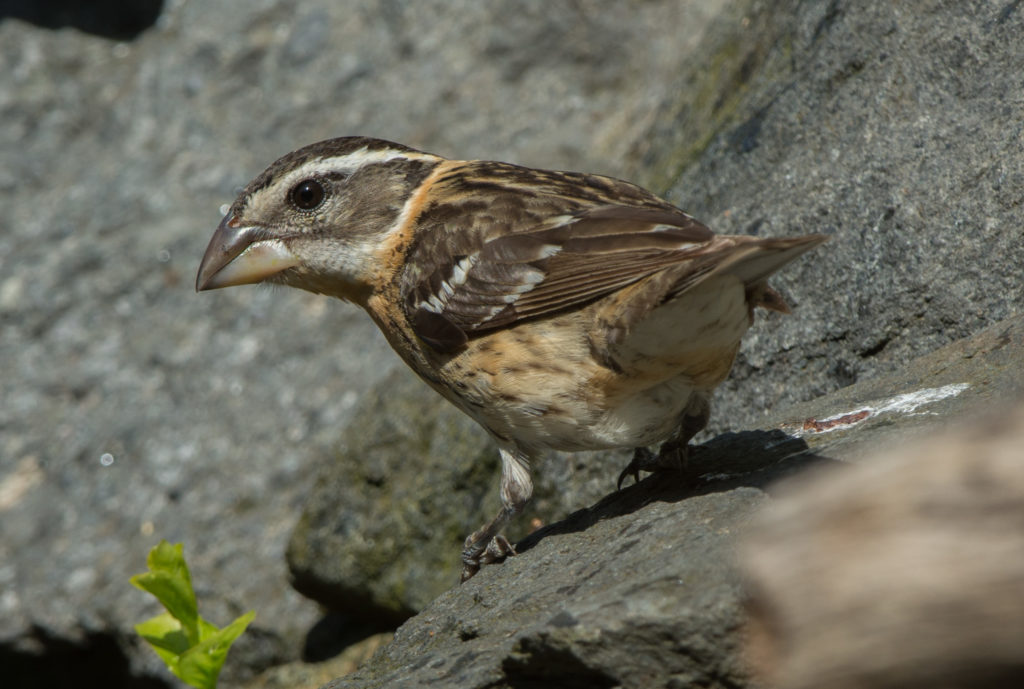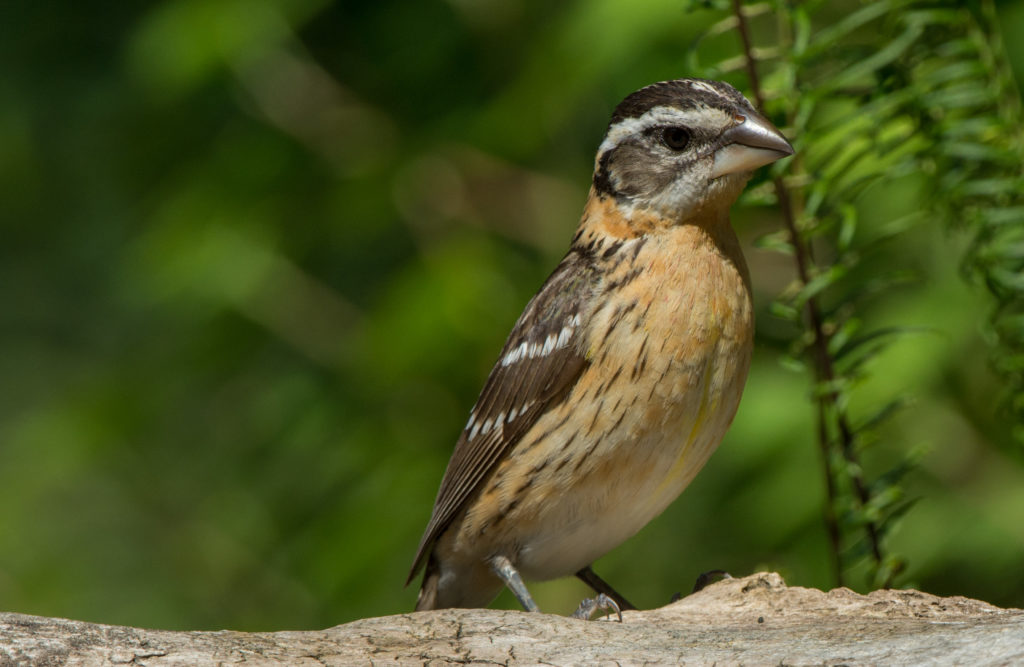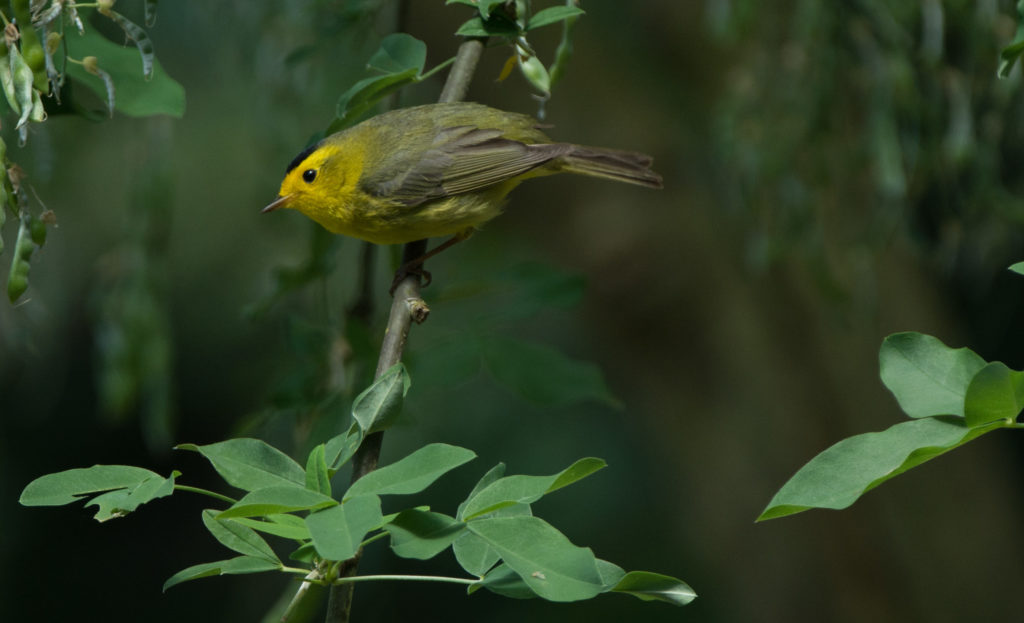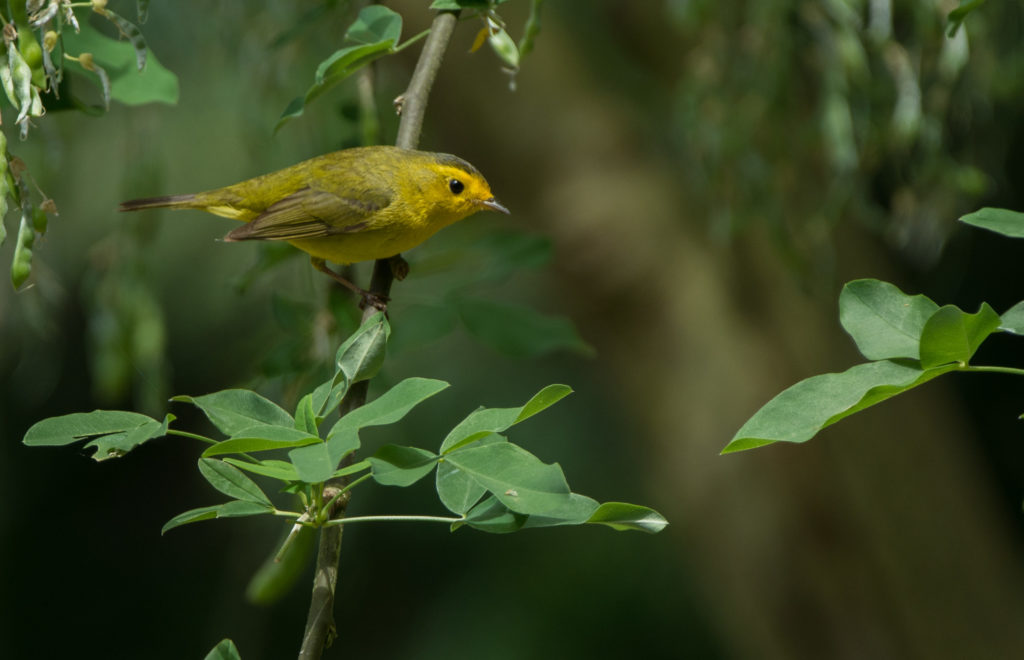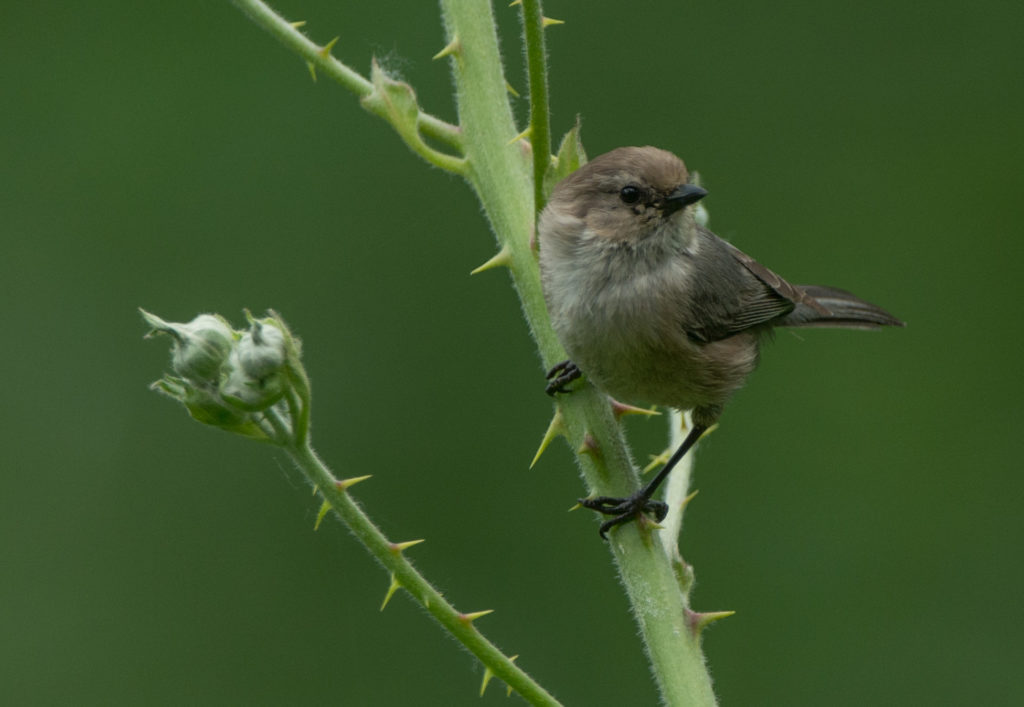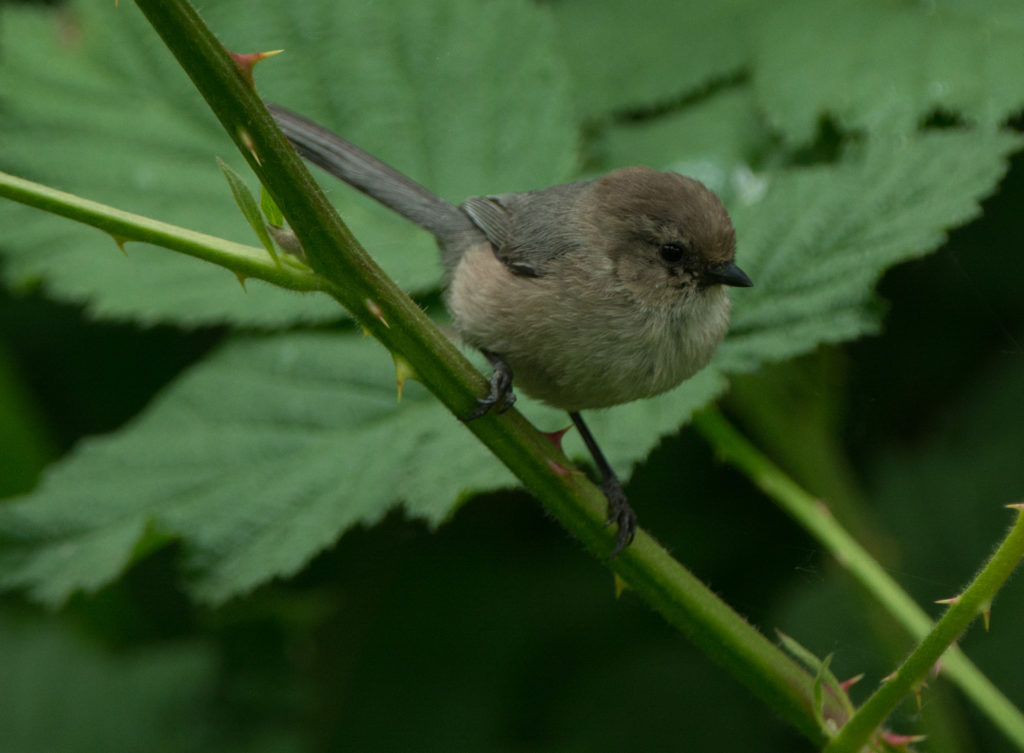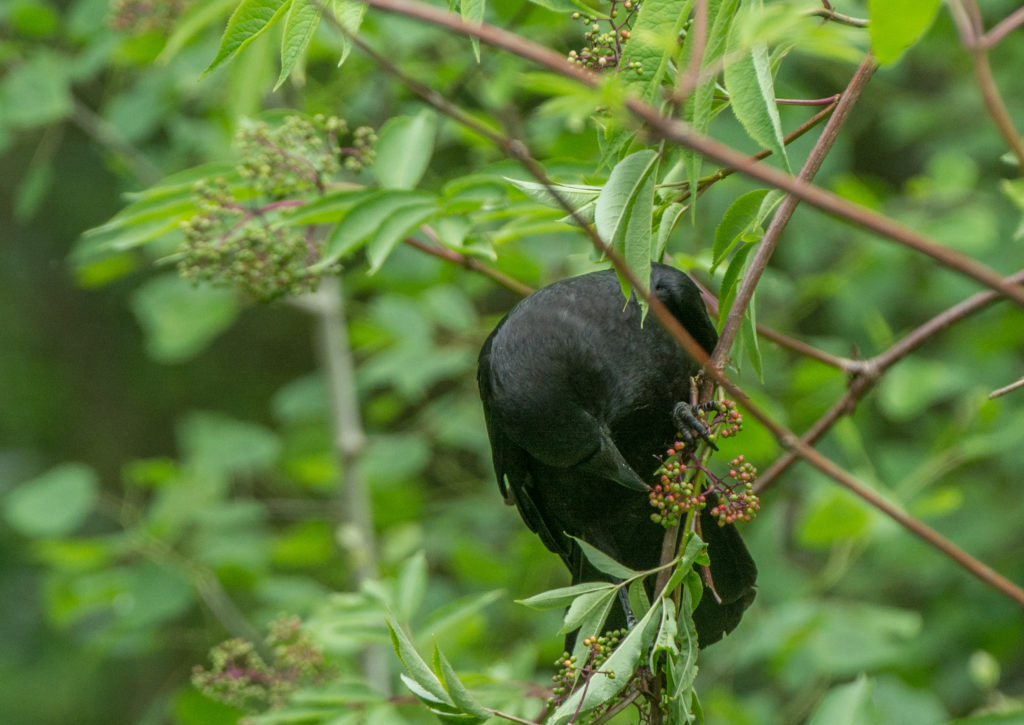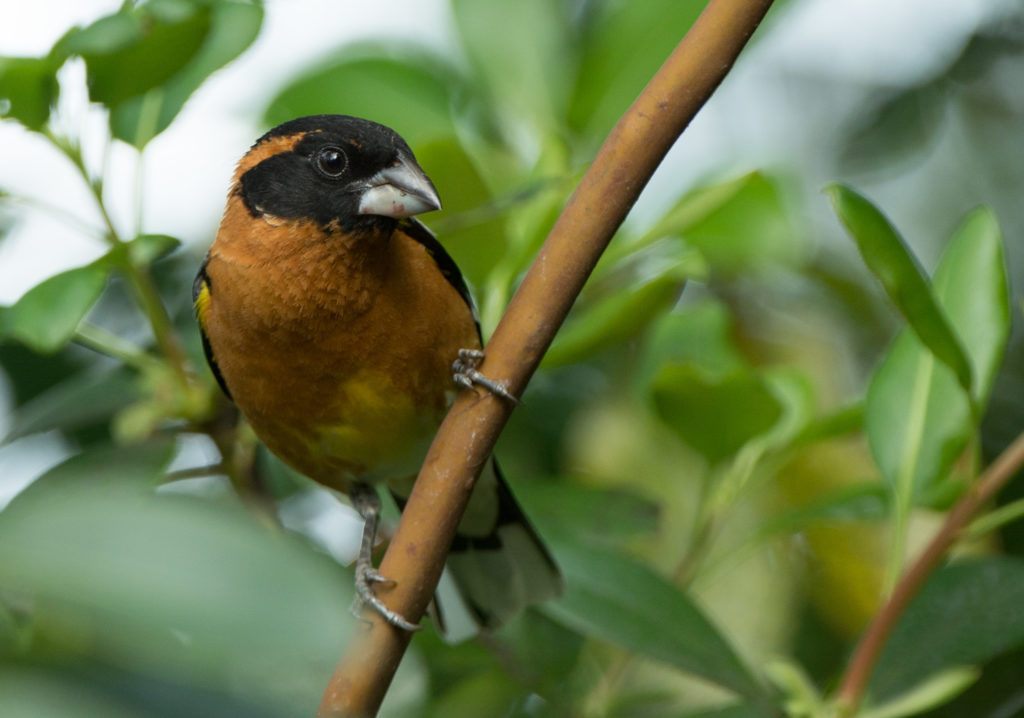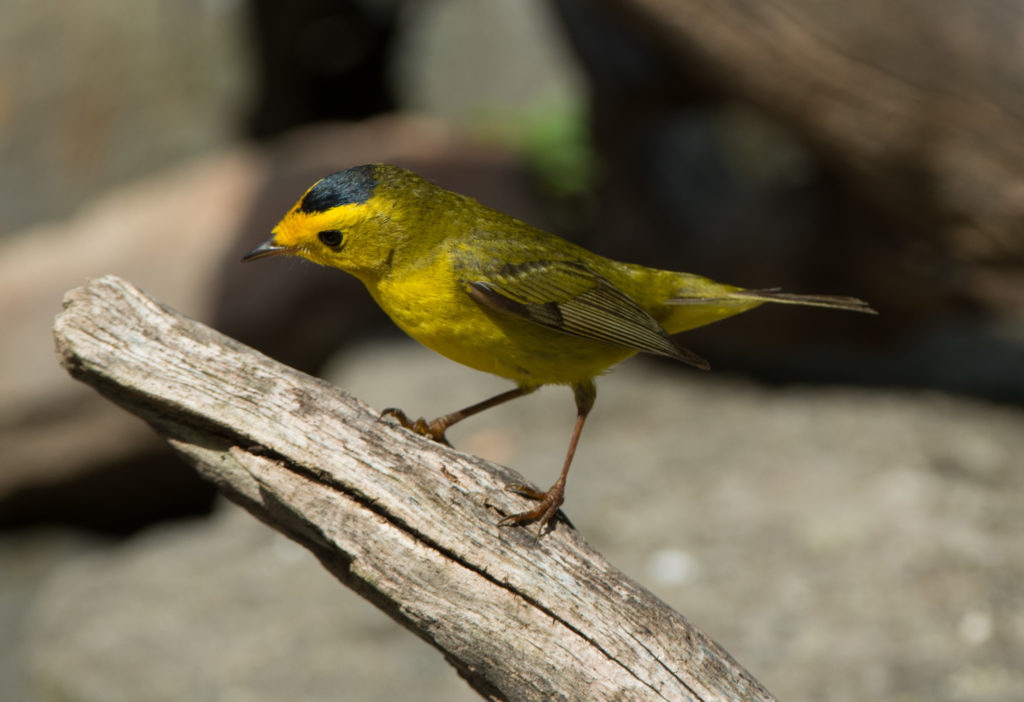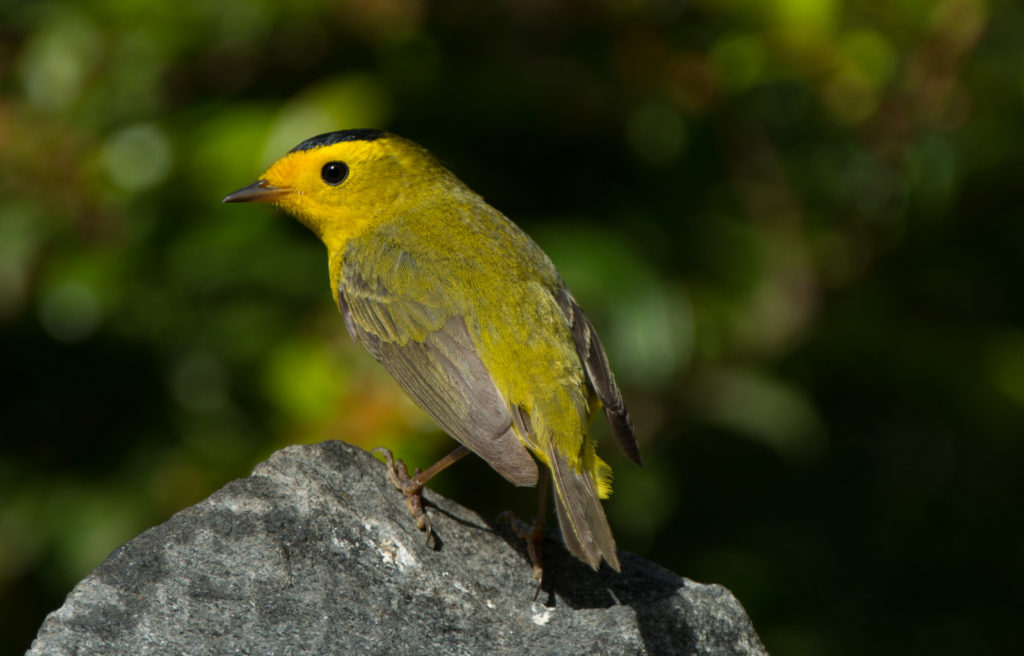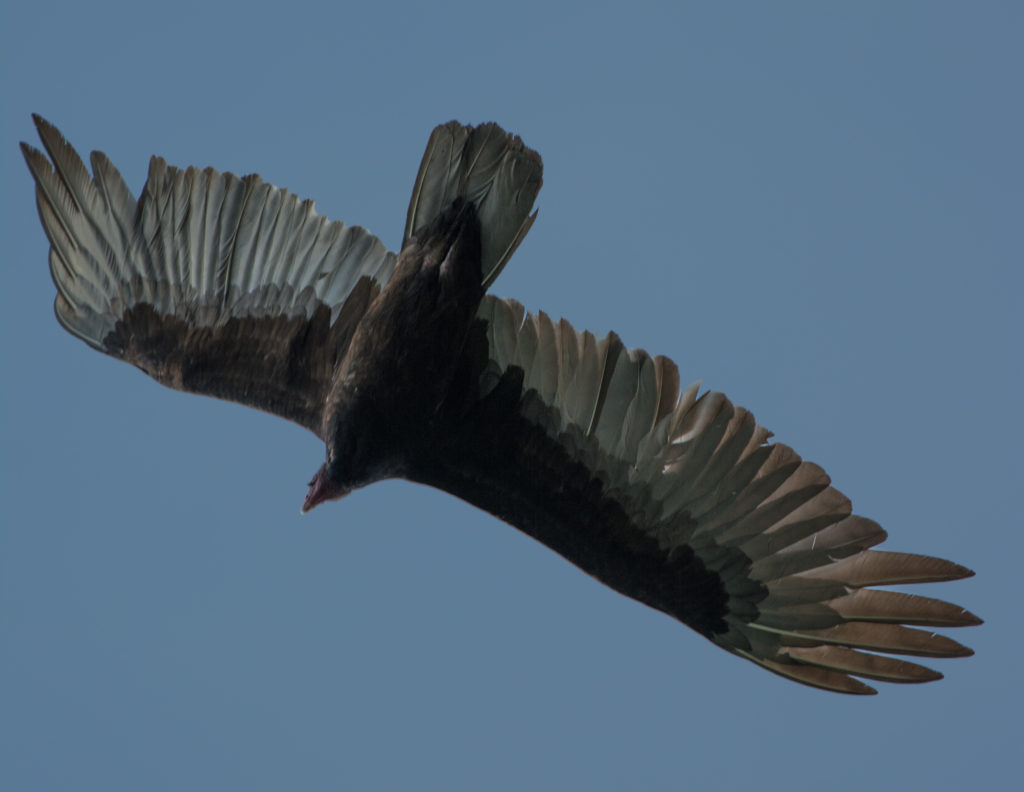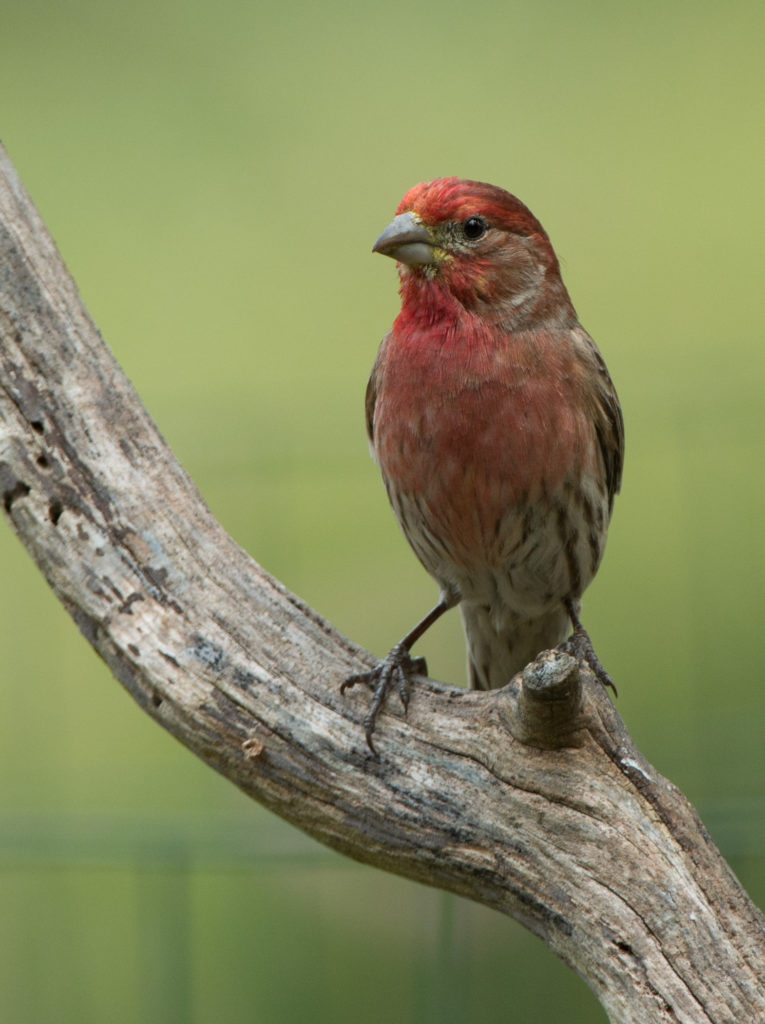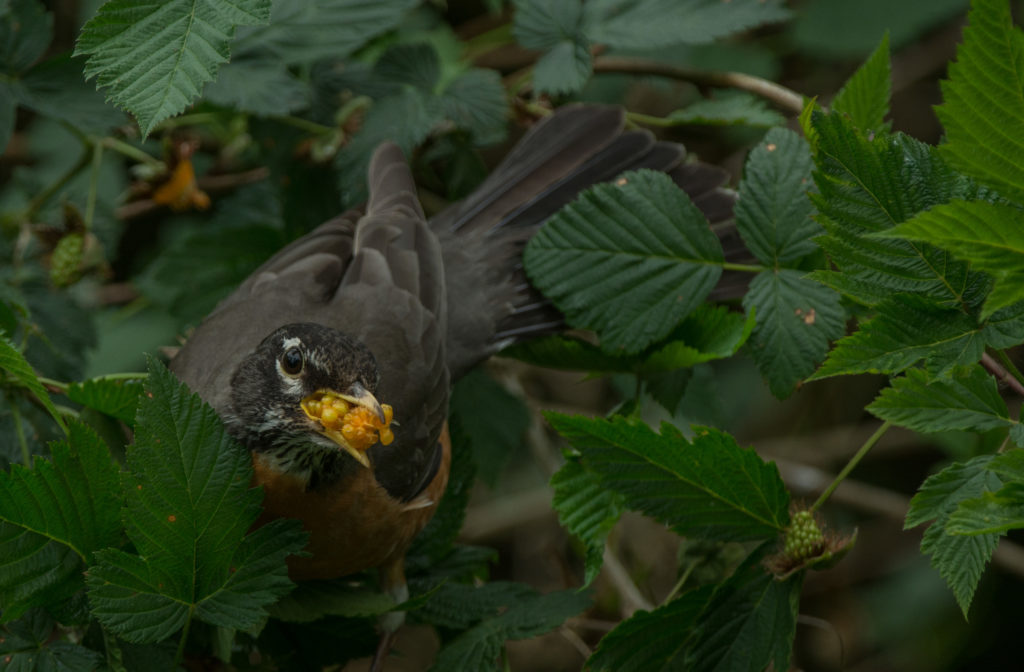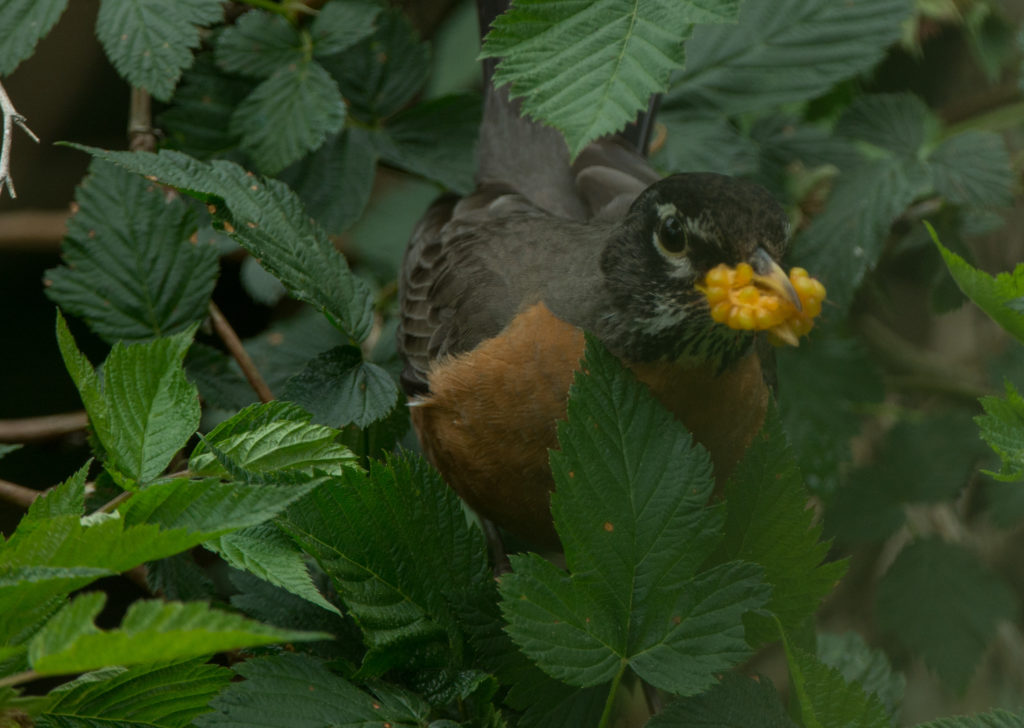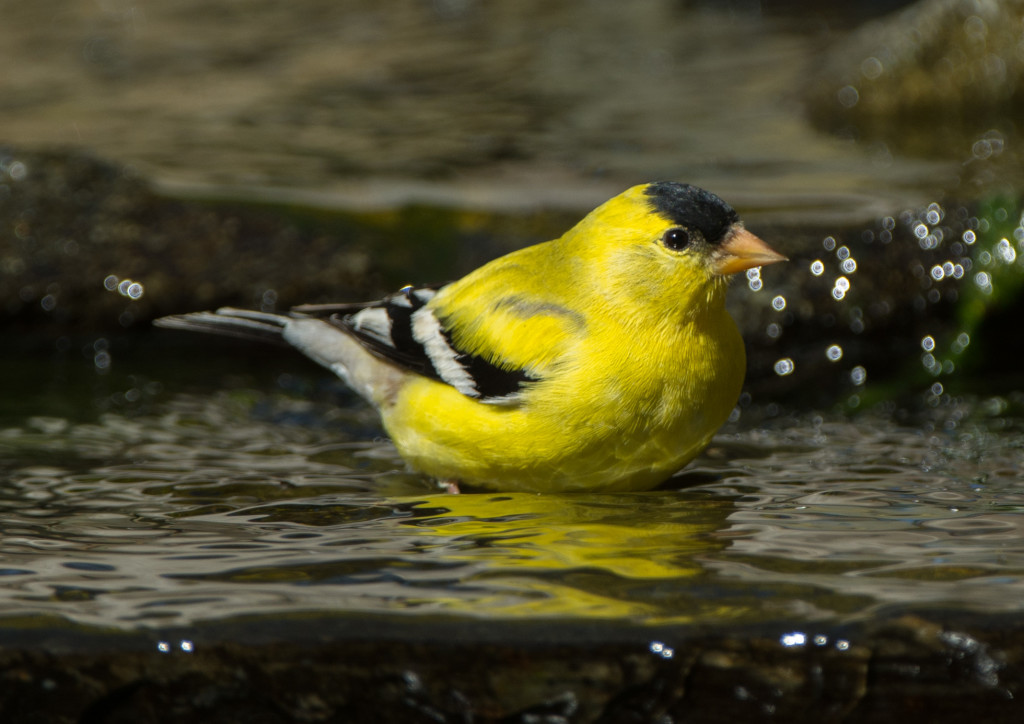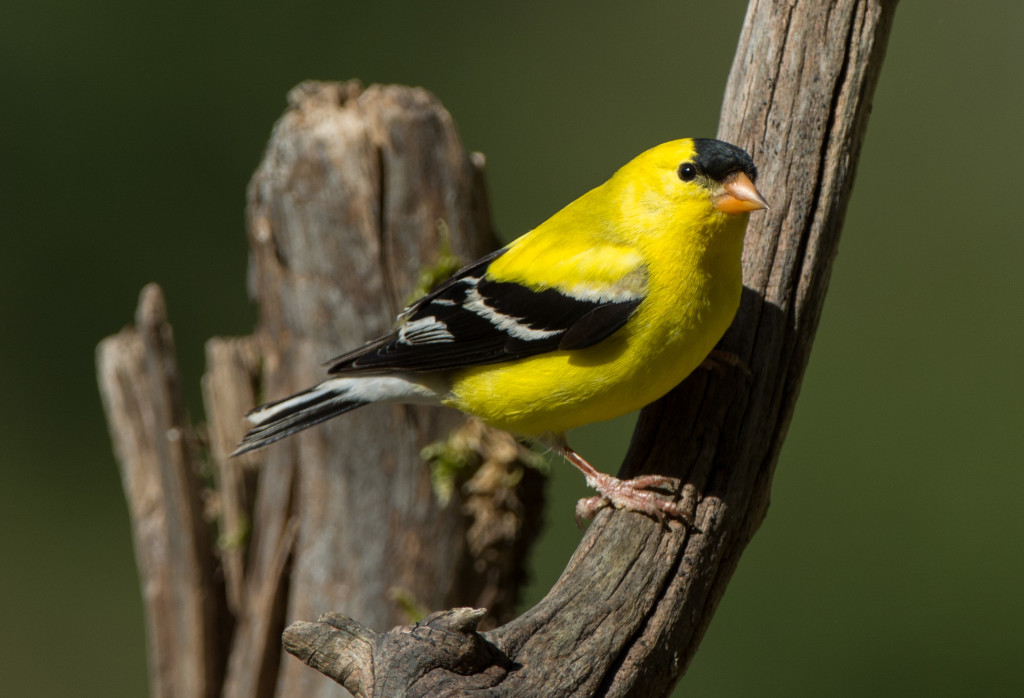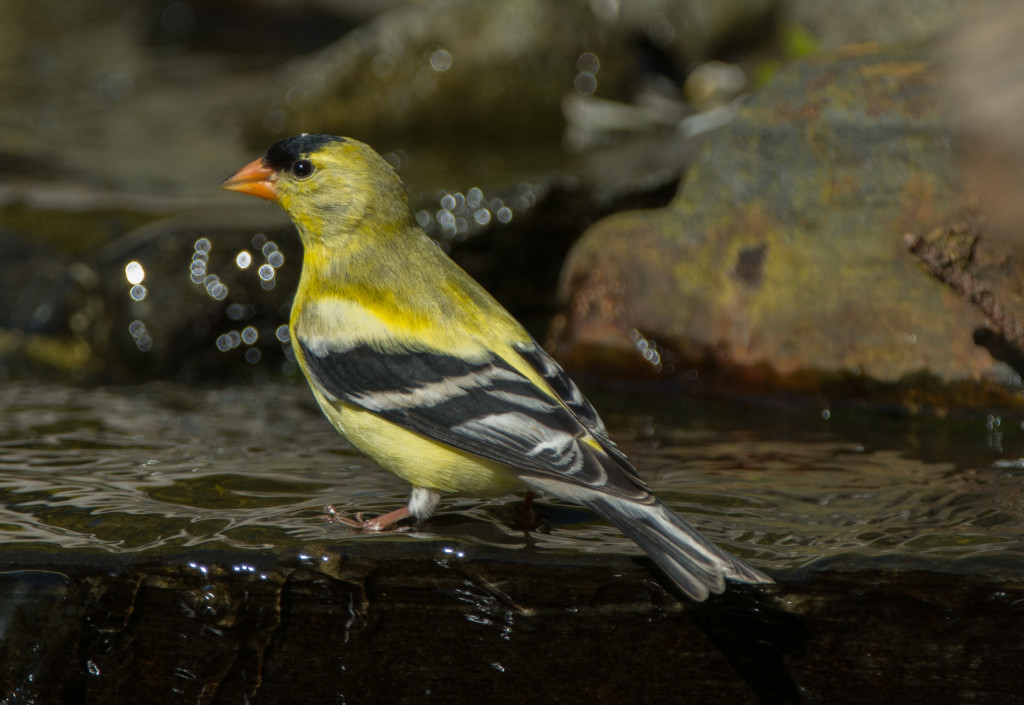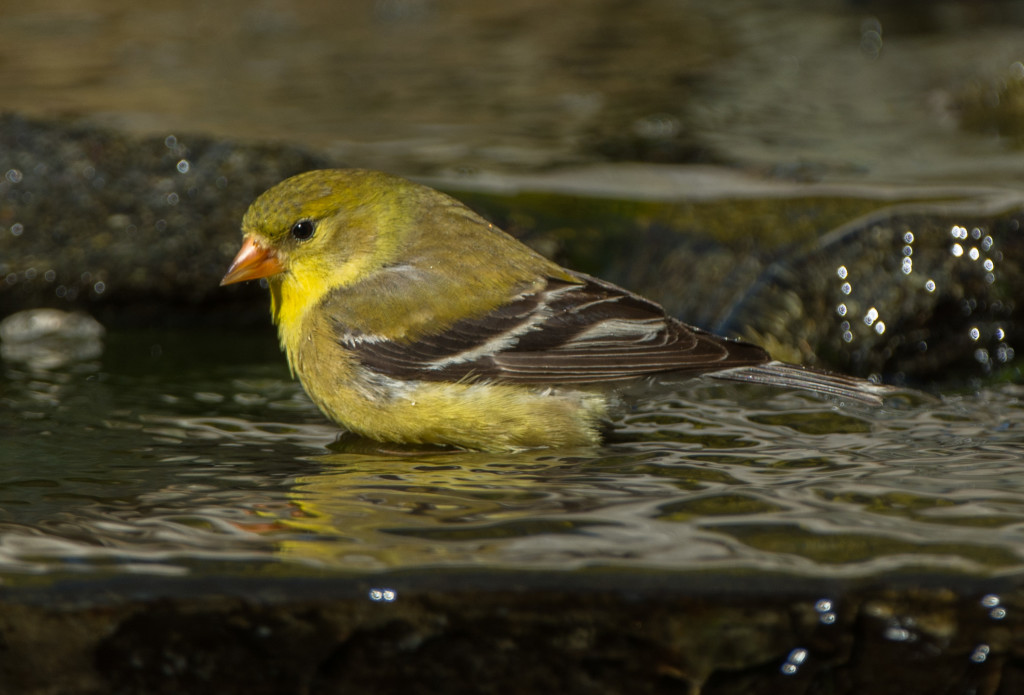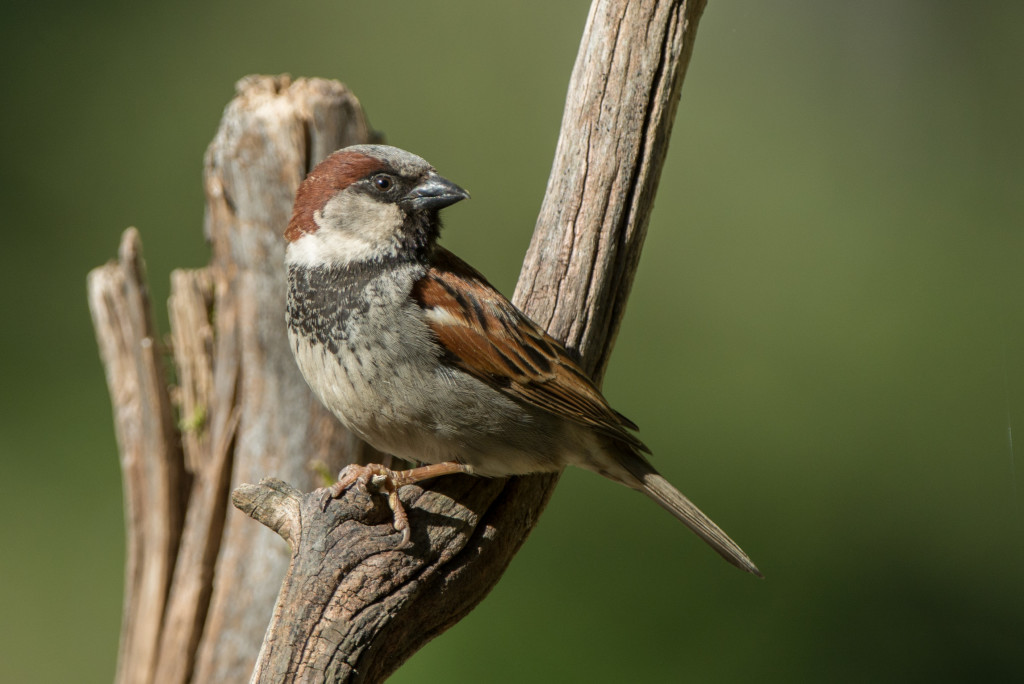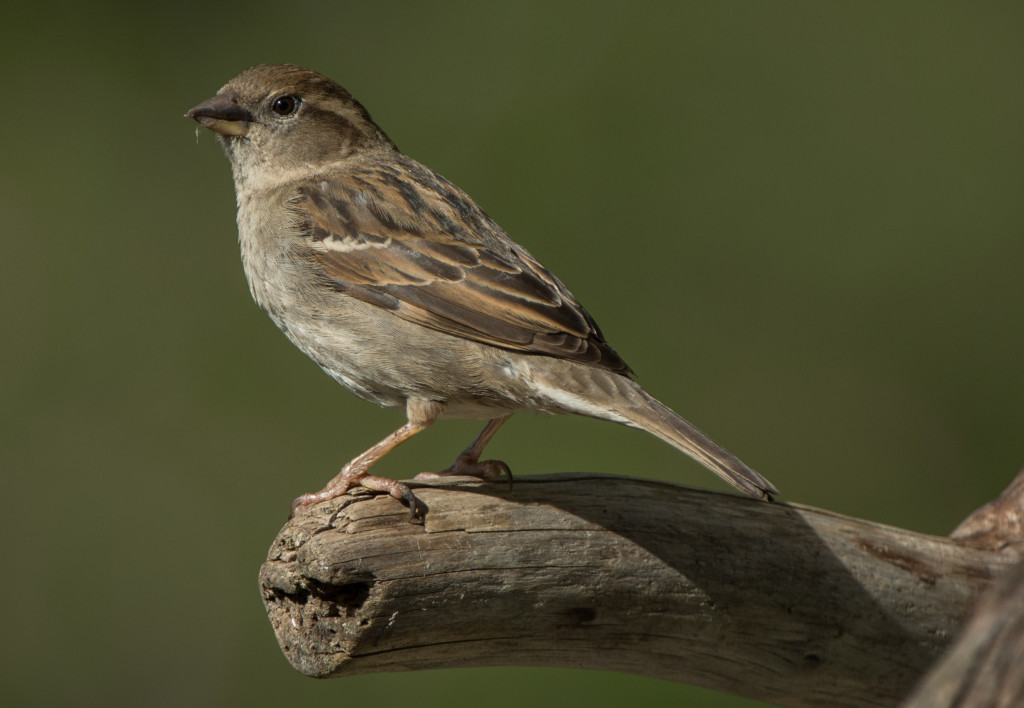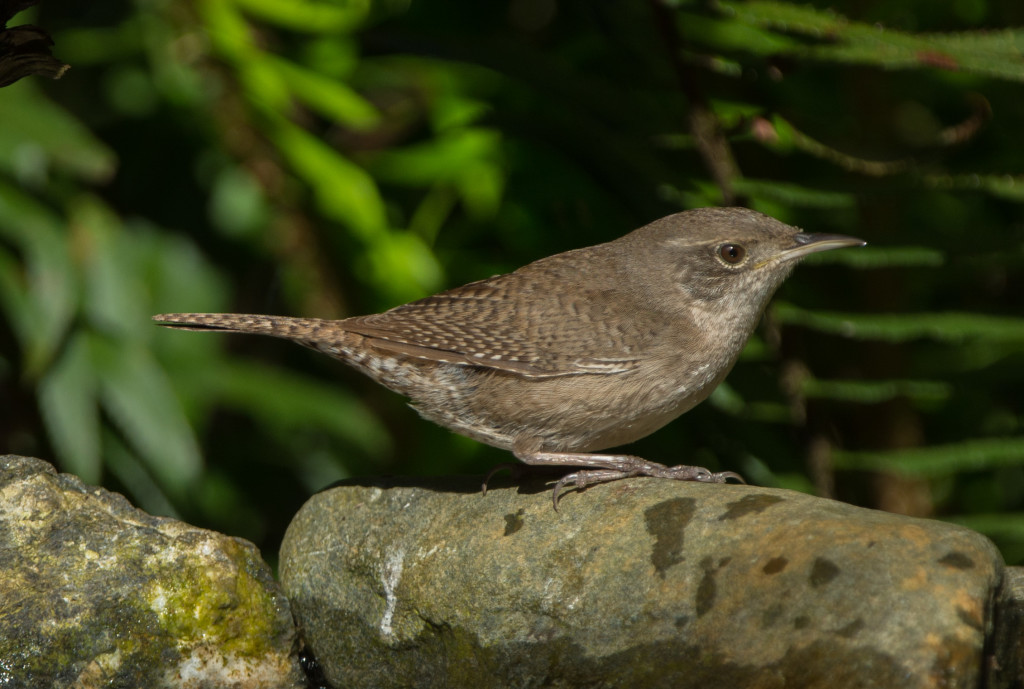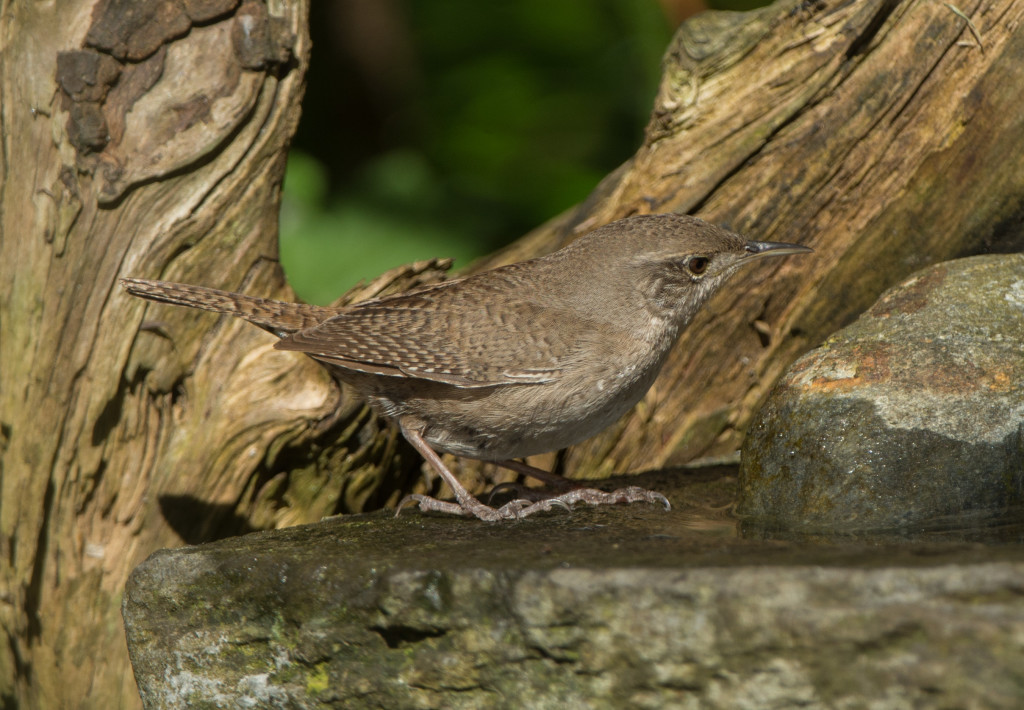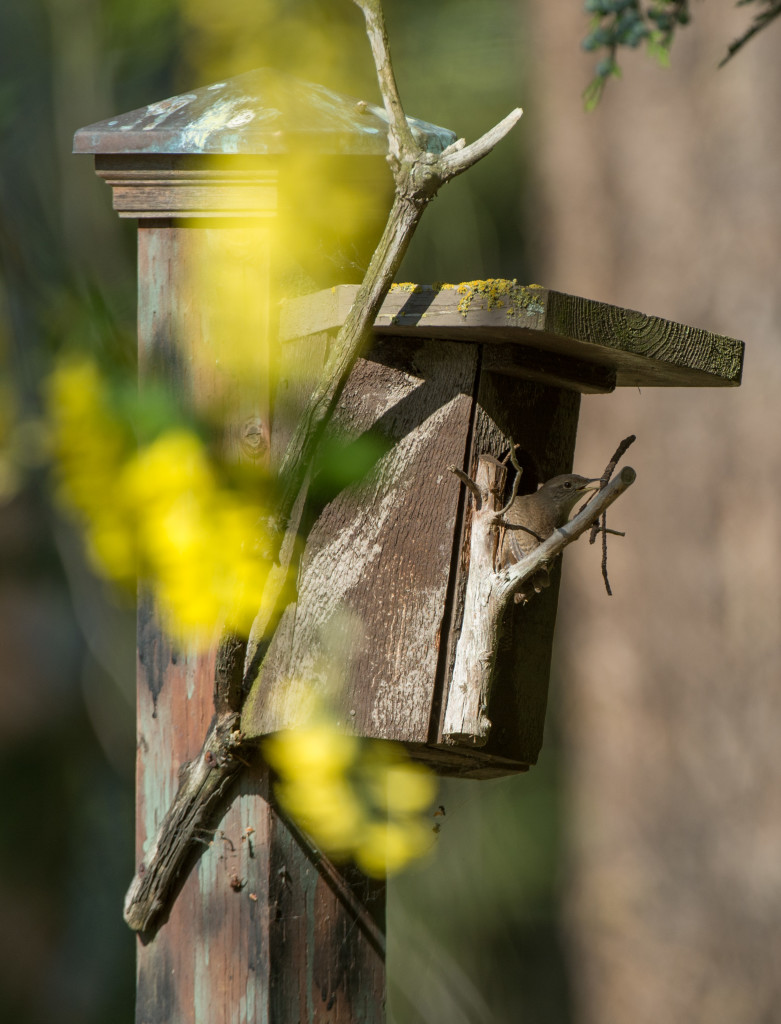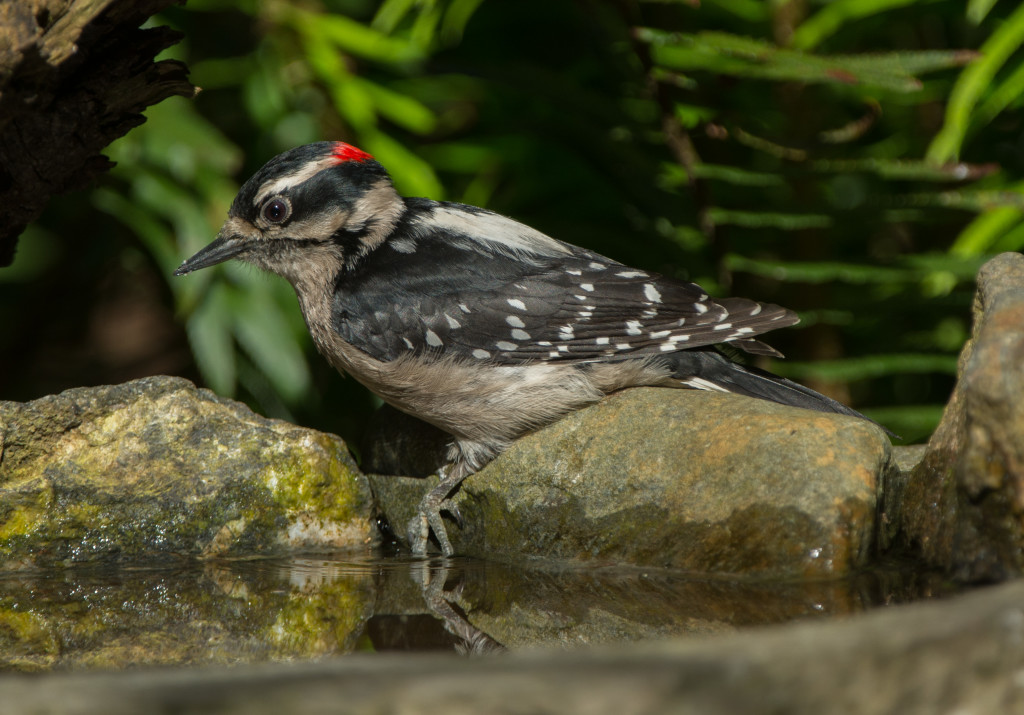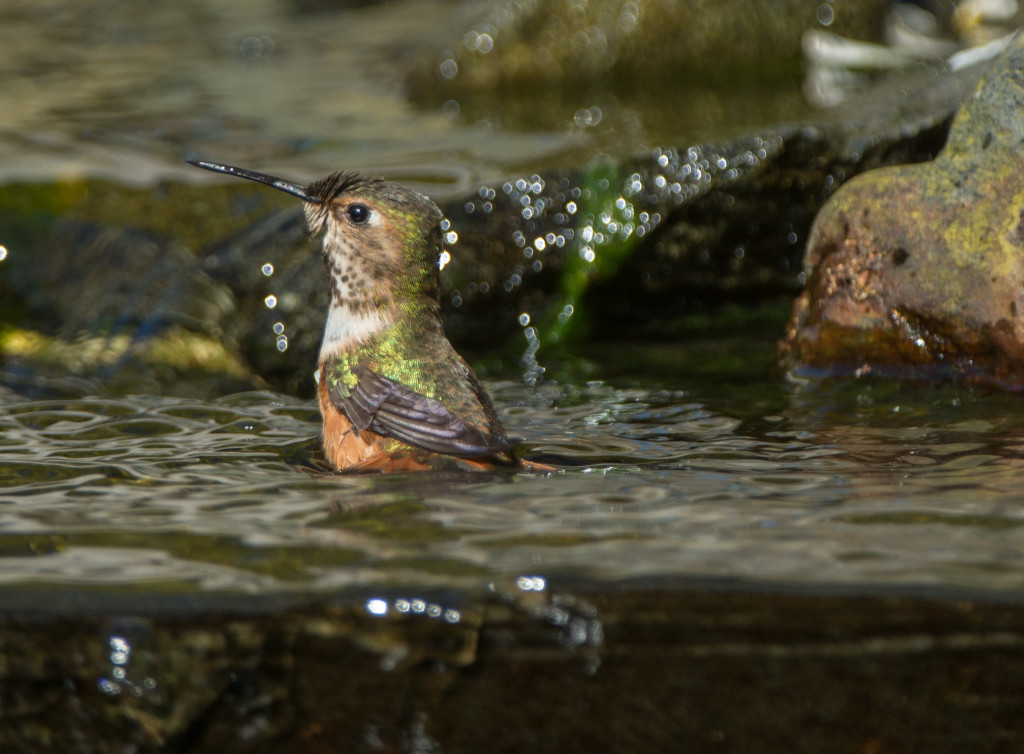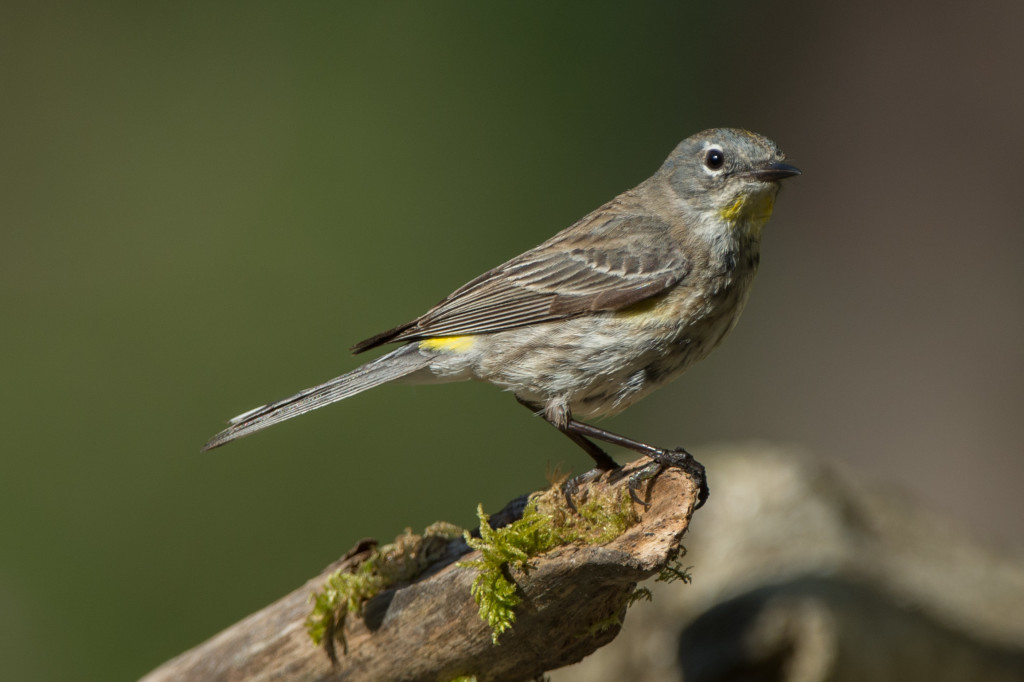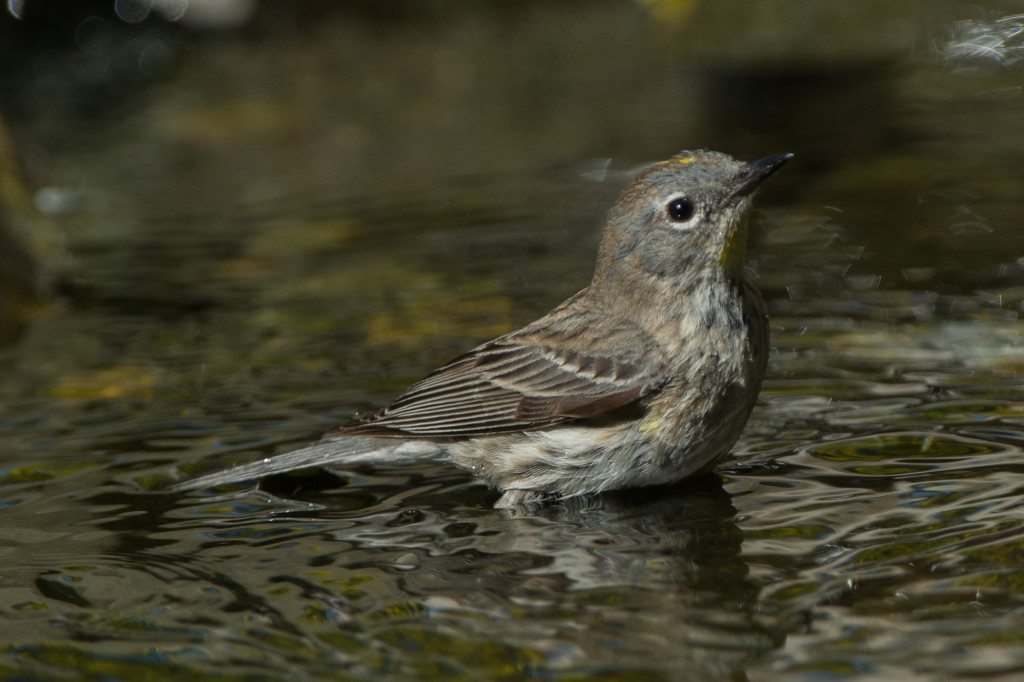So many birds, so little time! I’m still processing the 880 photos I took on an April trip to Texas to photograph some of the spring migrants through Central Texas. In the meantime I haven’t been able to stay out of my own yard photographing birds. On Tuesday (5/10�/2016) afternoon, within about a five-minute time period, I photographed three warbler species: a male MacGillivray’s, an Orange-crowned and a male Wilson’s. In addition I’ve seen (and photographed several Yellow-rumped Audubon’s warblers passing through. And since last week we’ve had a male Black-headed grosbeak visiting the yard daily. Today I saw the grosbeak fly from the watercourse giving me hope for some really good photos in the future. And also today, we saw the first female grosbeak on one of the feeders.
So here are a few photos of some of our visitors…
Got to love these warblers… in this case a male Yellow-rumped Audubon’s. 
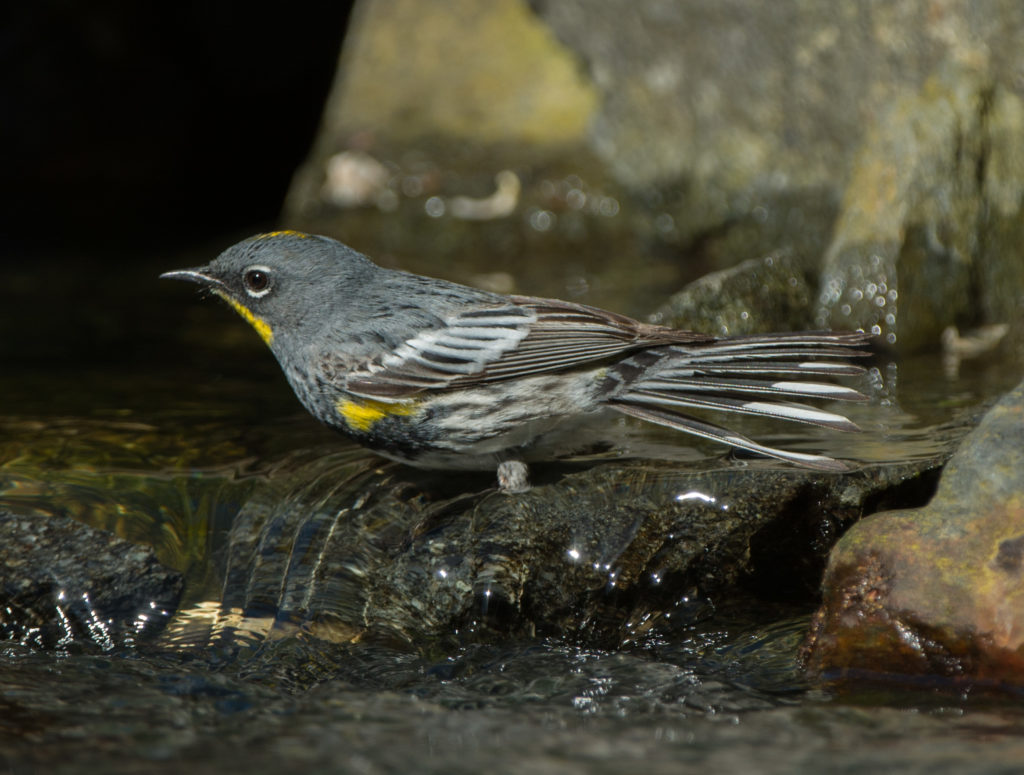
This is a post-bath female Downy woodpecker.
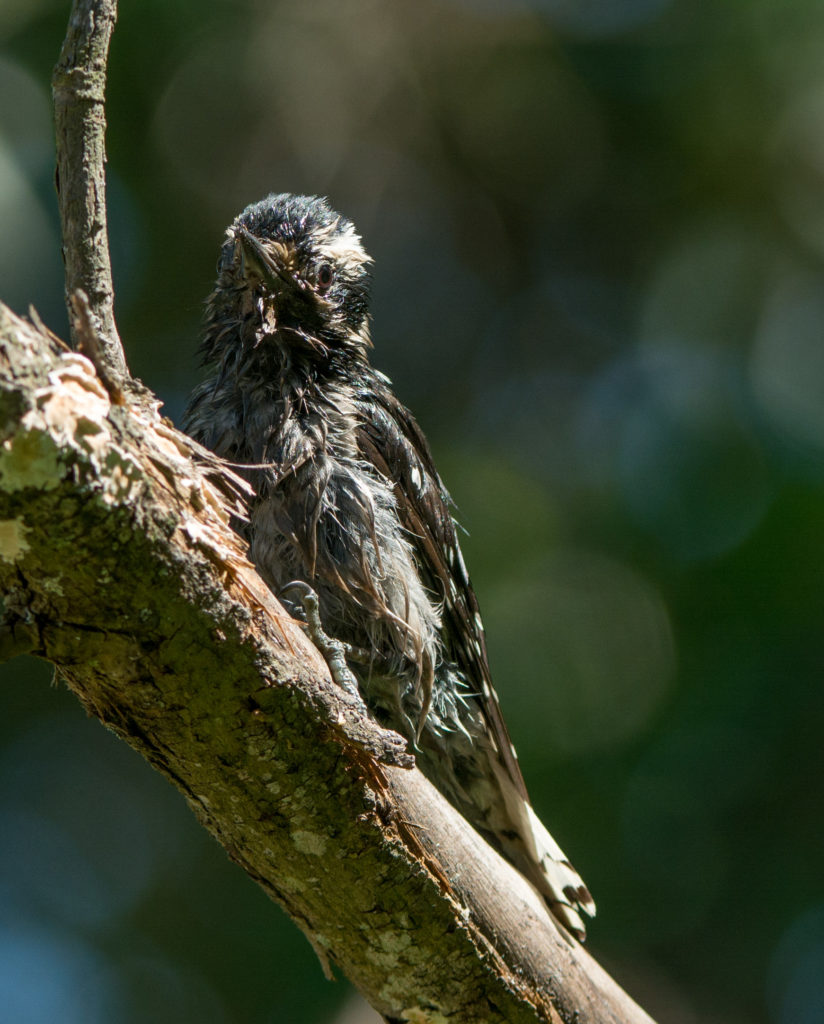
A female Cowbird, bad news for all other songbird species.
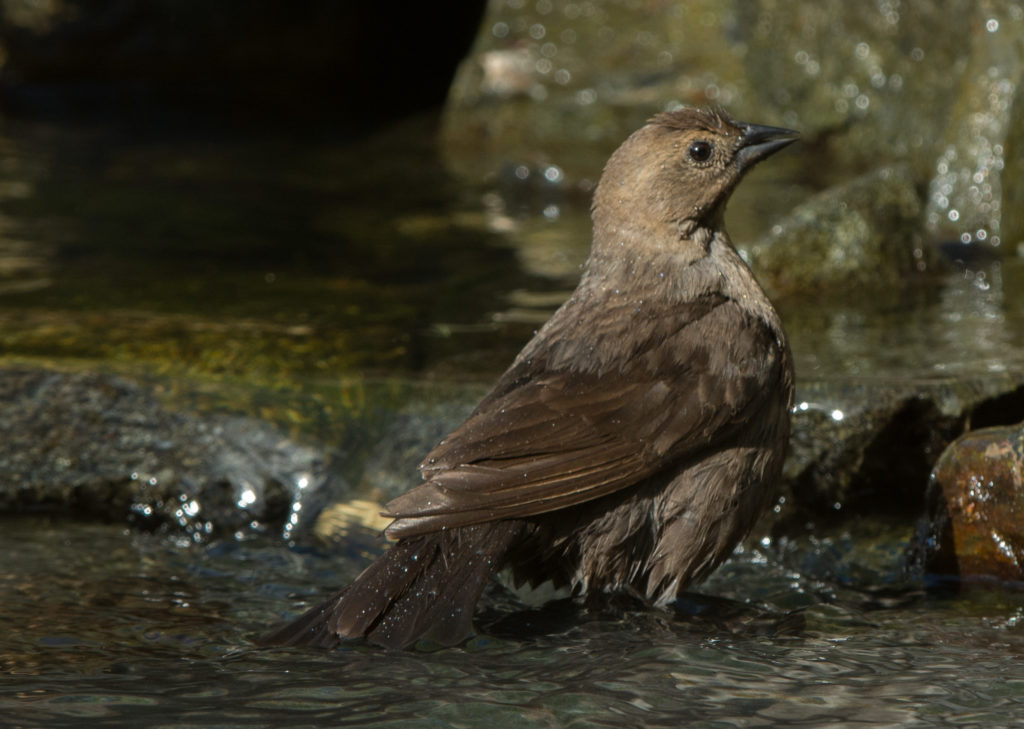
This is our male Black-headed grosbeak. It sings in the woods during the day, but shows up in the yard multiple times each day.
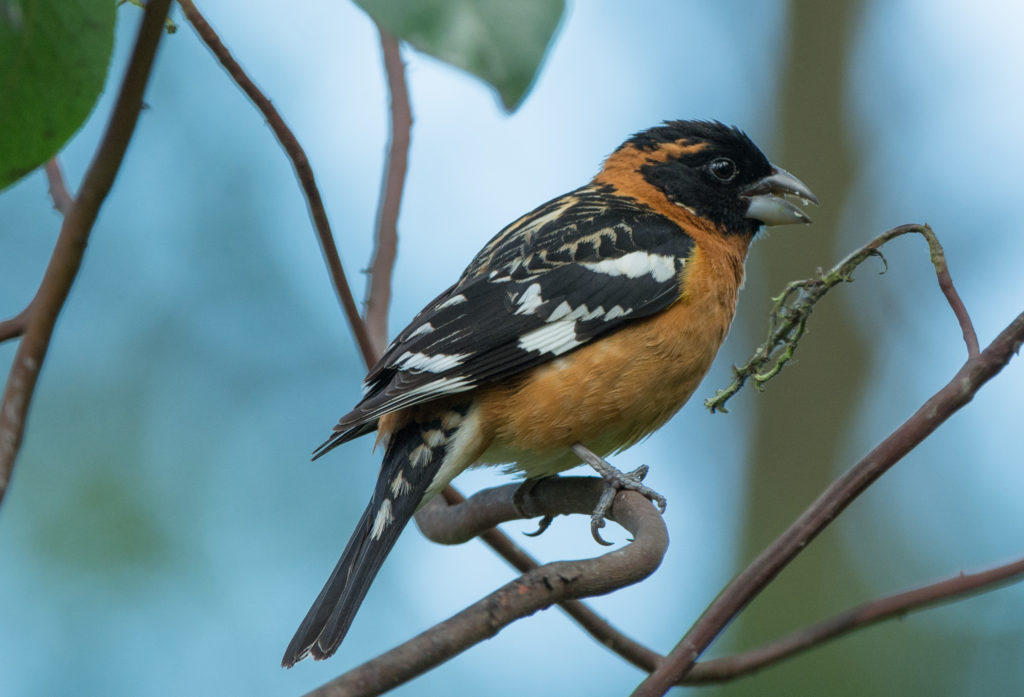
This European starling is one of many that show up for suet to feel its young at this time of year. It’s discouraging to keep the suet feeders up (to the tune of a couple of cakes per day), but the Downy woodpeckers and Northern flickers access the suet for the same reason and I can’t bring myself to deprive them of the food.
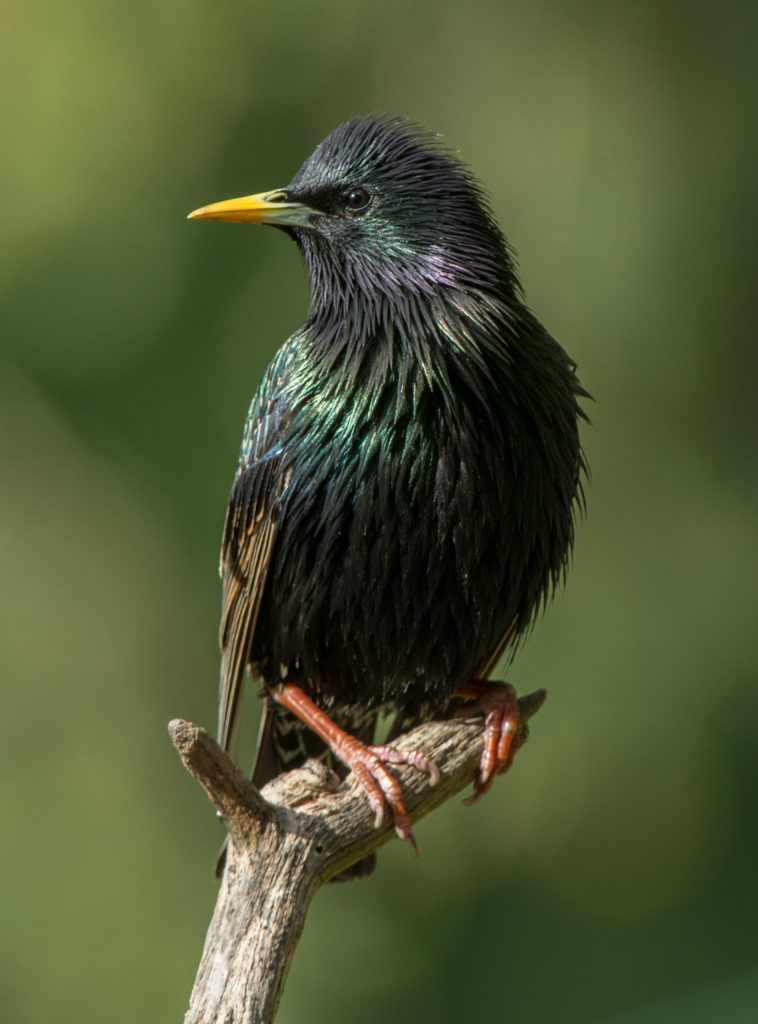
A White-crowned sparrow accessing the watercourse for a bath.
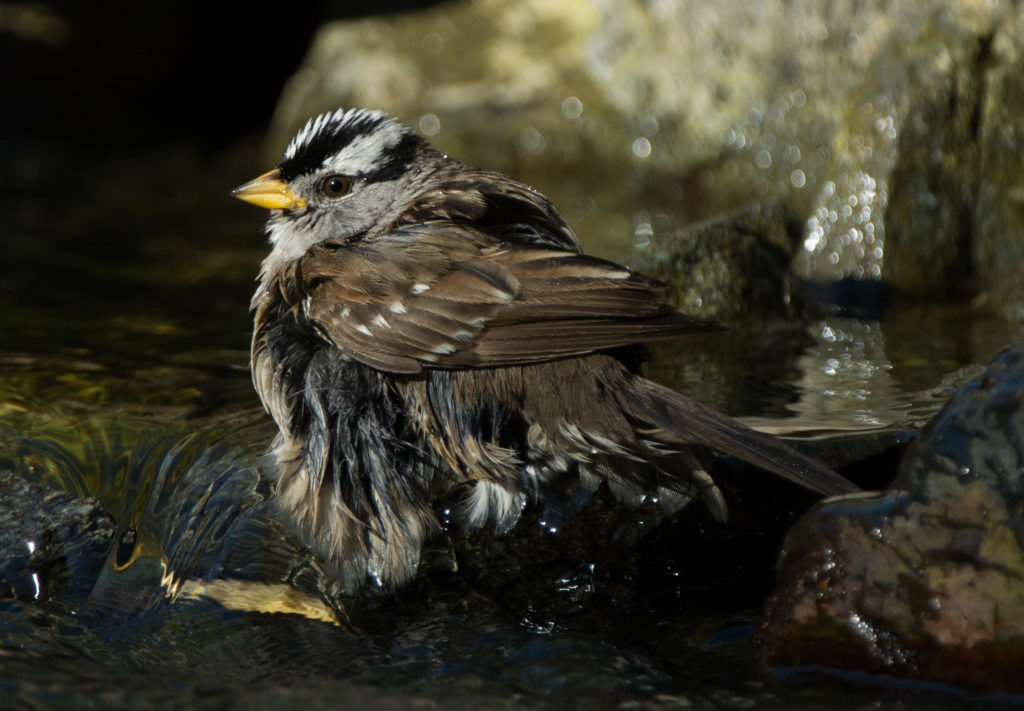
We have at least one pair of California quail that show up in the yard each day. On this particular day the male was alone and he walked up to within 10-12 feet of me for a drink.
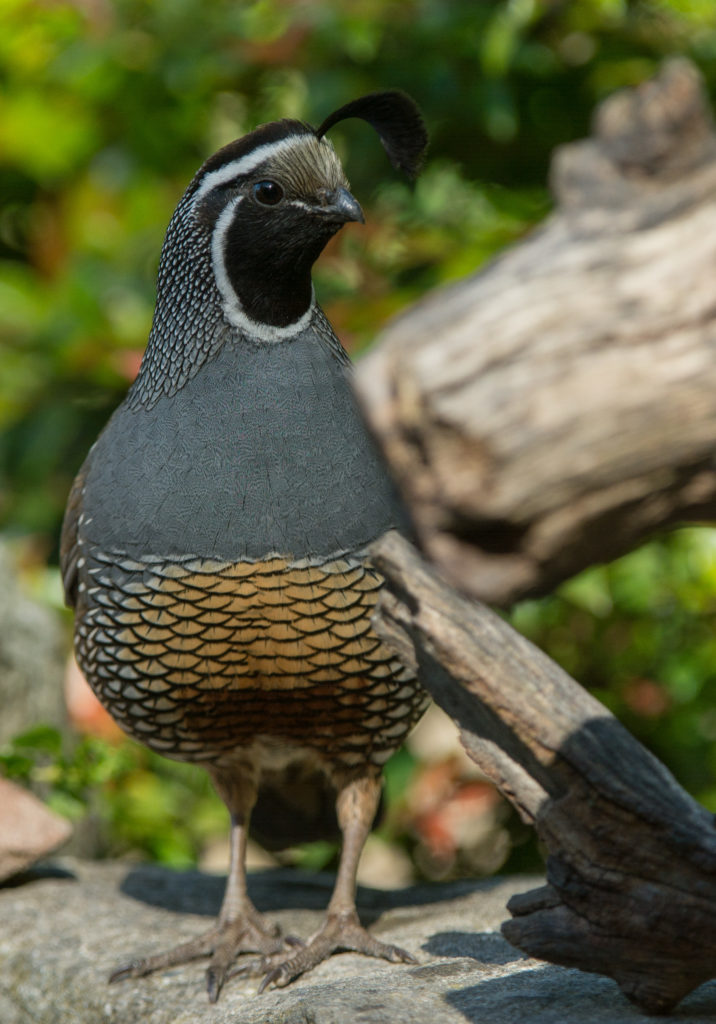
We still have a good supply of Pine siskins visiting the feeders and water. These birds occasionally disappear for long periods of time but in some winters can be our most numerous yard birds.
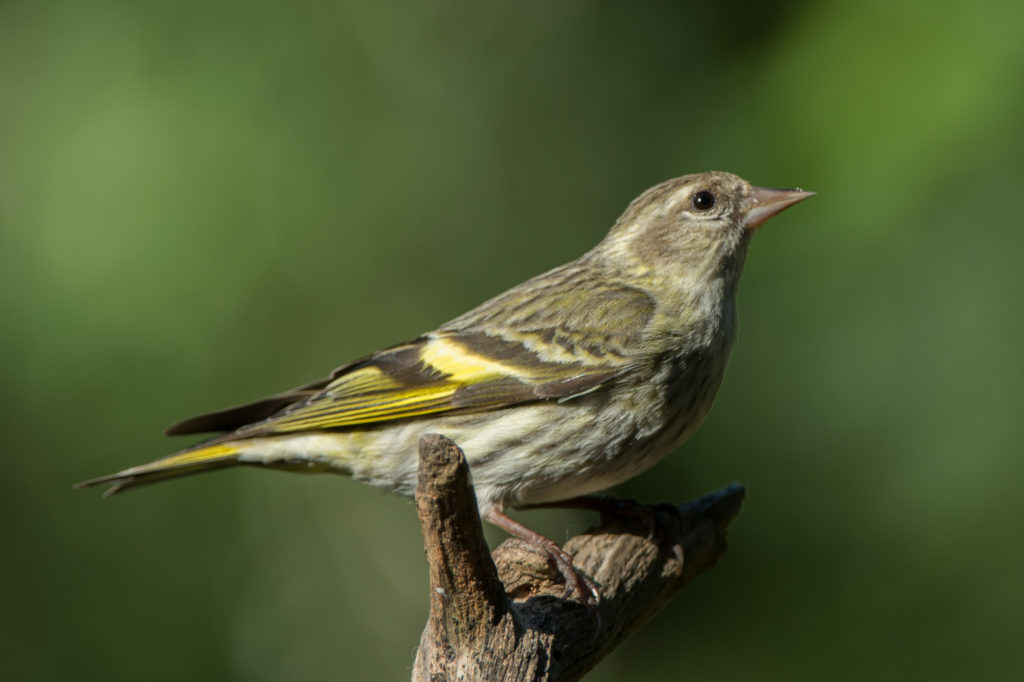
A male House sparrow, a species I generally detest but I liked this photo.

A Spotted towhee singing. Presumably this is a male, but it seems that we may have two males feeding around the yard in addition to at least one female who doesn’t visit as often.
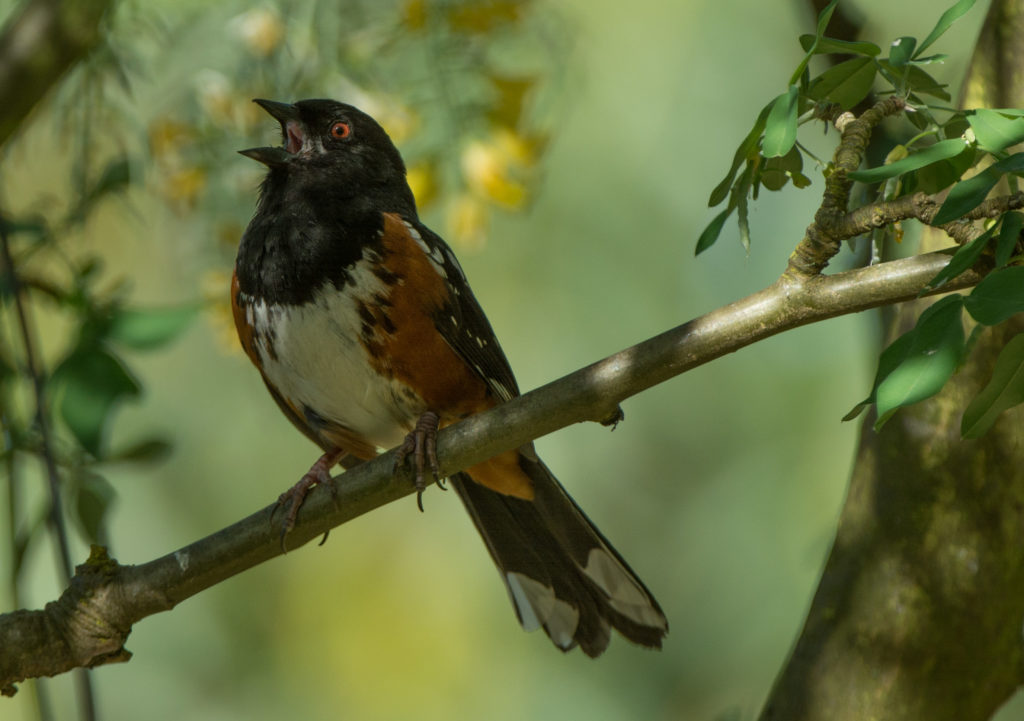
And my pride and joy… a male MacGillivray’s warbler that visited the yard on 5/10. This is maybe the second or third visit by this species we’ve seen in the last 7-8 years, and I may have only seen one or two in other locations. This isn’t a great photo, but it’s enough for an identification. Unfortunately I had problems with focusing during its visit.
